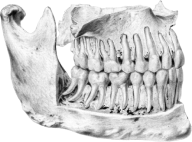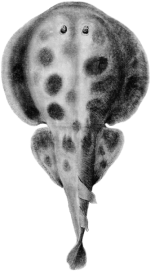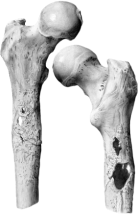
Conserving Specimens
The museum holds just over 3,000 original Hunterian specimens, preserved by John Hunter between 1760 and 1793.
They are expertly cared for by the museum conservation team. This includes repotting the specimens, as required in cases with significant fluid evaporation, cracked pots, failing seals or broken threads.
How to repot a Hunterian specimen
Conservation Manager Amalia repots the head of a king eider duck.
- The specimen is taken out of its glass pot – here the eider head has already been removed.
- Threads are inserted into the eider head using a large surgical needle – these suspend the specimen in the pot. The threads used here are linen, but originally these would have been silk threads.
- The specimen is suspended in the empty glass jar to allow for positioning. Elastic bands temporarily keep the threads in place. If a specimen is particular fragile the glass jar may be half filled with fluid or laid on its side.
- Fluid is pumped into the glass pot, leaving a small air gap at the top. The fluid used here is ethanol – this is typical. Other preserving fluids used in the Hunterian Collection include liquid paraffin, oil of turpentine, formaldehyde and Kaiserling III.
- The rim of the pot is cleaned using a solvent such as white spirit, taking care not to touch the threads.
- Black silicone is used to seal the pot. The silicone is first applied to the threads to stop them from moving. A small area is left without silicone to allow air to escape as the lid is placed. The glass lid is gently pressed down to adhere the silicone to the glass, and the excess silicone is removed.
- The lid is finished with quick drying clay. This hides the threads, which protrude from the lid, and replicates the original appearance of the pots. The clay is rolled out, moulded around the pot and painted with a black enamel paint.
- The specimen is now ready for display.


